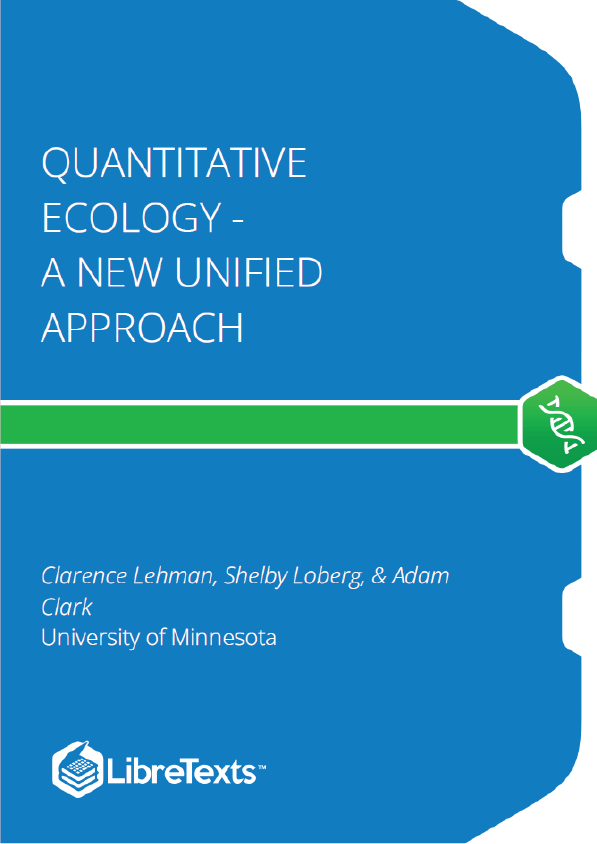Winston Churchill pointed out that “All the great things are simple, and many can be expressed in a single word— freedom, justice, honor, duty, mercy, hope.” Should we try to define these? Can we define them?
We should at least try to define our subject, ecology; many textbooks start with definitions. But rest, for background, consider how we might define life. Marvin Minsky was an arterial intelligence researcher and computer scientist who thought about dentitions. When is an object alive? Think about viruses, genes, self-reproducing machines—no one has really been able to give a good definition of “living” that satisfies in general. Some things are clearly living—mice—and some clearly are not—rocks. Lists of what makes something living used to appear in textbooks:
- Self-reproducing
- Responds to stimuli
- Metabolizes
- Made of protoplasm—protein, carbohydrates, DNA.
But (1) puts out the mule, (2) and (3) put out the spore, while if those conditions are dropped, (4) will admit the frankfurter. One can go on to extend the list with more careful qualifications, but questions remain until the list grows to include special mention of everything we can think of.
Each of these definitions has merit, but the rest two and the last two are closest to the way the term is applied in this book. We humans have become prominent in ecology, locally to globally. No modern treatment of ecology is complete without a strong dose of anthropology.
The definition by Andrewartha has been widely quoted, but focusing merely on distribution and abundance reduces ecology to mapping, which is why Krebs modified this definition. The Pope’s definition from his 2015 Encyclical includes the interesting idea of development, which can be taken to mean short-term development like embryogenesis and growth, plus long-term development like evolution. Overall, the definition by Eilts is perhaps the most general and engaging.
First and foremost, the most important concepts in ecology are about relationships, plus all of life, the whole environment, the processes of living and development, and, above all context. And in today’s world, harmony. But also consider, “Poetry is the subject of the poem” (Wallace Stevens, 1937) and perhaps “Ecology is what ecologists do.” With these in mind, we strive in the remainder of this book to define a theoretical form of ecology through examples and demonstrations, representative models and symbols, patterns and explanations, and lessons and caveats.
Our early hominin ancestors needed aspects of ecology. To find blueberries or other fruit, or where to dig wild onions, they had to know where these foods grew—their distribution and abundance. These parts of ecology have thus been part of life for hundreds of thousands of years. Ecology is connected with our species. Some elements of the held of ecology were formalized more than 3000 years ago. The Rhind Papyrus lists a number of ecological exercises for students—mathematics from ancient Egypt. Among these oldest ecological problems is this: Number 27. If a mouse eat 521 ikats of grain each year and a cat kills 96 mice a year, in each of 24 barns, how many cats are required to control the destruction of stored grain?











